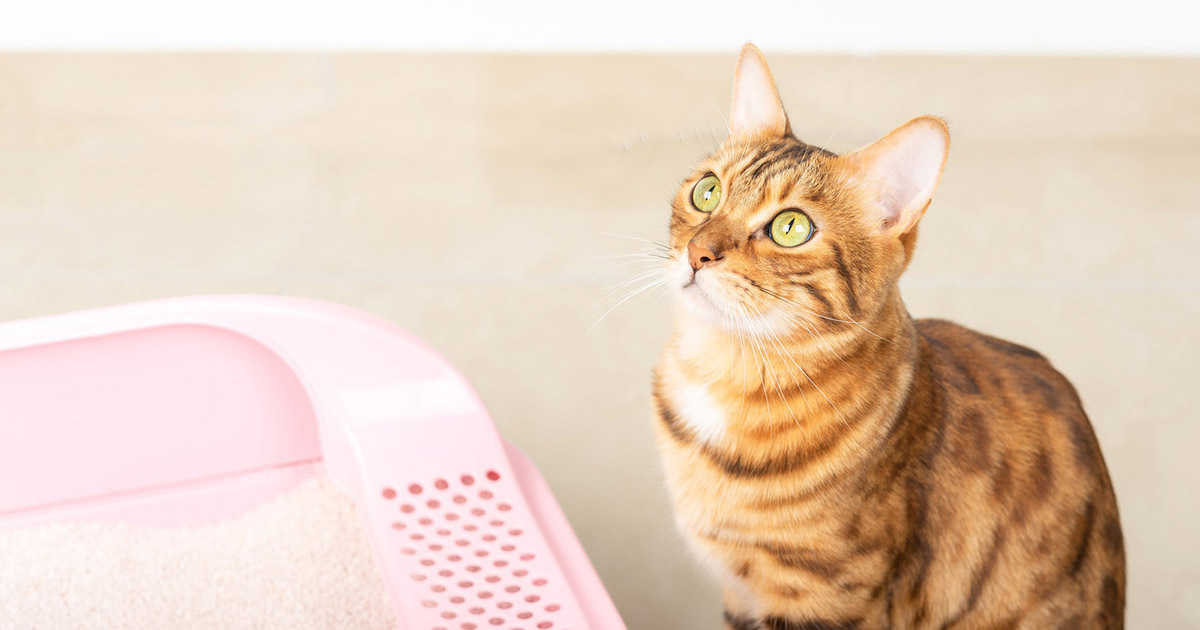Prevent Clogs and Damage: Don't Flush Cat Poop Down Your Toilet - Expert Recommendations
Prevent Clogs and Damage: Don't Flush Cat Poop Down Your Toilet - Expert Recommendations
Blog Article
We've found the article pertaining to Don’t flush cat feces down the toilet listed below on the web and reckoned it made good sense to discuss it with you on this site.

Intro
As cat proprietors, it's essential to be mindful of just how we throw away our feline close friends' waste. While it may seem practical to purge pet cat poop down the bathroom, this technique can have harmful repercussions for both the setting and human wellness.
Alternatives to Flushing
Fortunately, there are safer and much more accountable ways to throw away pet cat poop. Consider the following alternatives:
1. Scoop and Dispose in Trash
The most typical technique of dealing with feline poop is to scoop it right into an eco-friendly bag and toss it in the garbage. Make certain to make use of a dedicated litter scoop and deal with the waste quickly.
2. Use Biodegradable Litter
Select eco-friendly feline litter made from materials such as corn or wheat. These litters are environmentally friendly and can be safely gotten rid of in the trash.
3. Bury in the Yard
If you have a lawn, think about burying cat waste in a designated location away from veggie gardens and water resources. Make certain to dig deep sufficient to avoid contamination of groundwater.
4. Install a Pet Waste Disposal System
Invest in a pet dog garbage disposal system especially made for pet cat waste. These systems utilize enzymes to break down the waste, minimizing odor and environmental influence.
Wellness Risks
Along with environmental issues, purging pet cat waste can likewise position health risks to human beings. Cat feces might have Toxoplasma gondii, a bloodsucker that can trigger toxoplasmosis-- a potentially extreme health problem, especially for pregnant females and individuals with weakened body immune systems.
Ecological Impact
Flushing feline poop presents dangerous microorganisms and parasites right into the water, presenting a significant danger to marine environments. These contaminants can negatively impact aquatic life and compromise water top quality.
Final thought
Responsible family pet ownership expands beyond giving food and shelter-- it additionally entails appropriate waste monitoring. By refraining from purging feline poop down the commode and going with alternative disposal methods, we can reduce our ecological footprint and safeguard human health.
Why Can’t I Flush Cat Poop?
It Spreads a Parasite
Cats are frequently infected with a parasite called toxoplasma gondii. The parasite causes an infection called toxoplasmosis. It is usually harmless to cats. The parasite only uses cat poop as a host for its eggs. Otherwise, the cat’s immune system usually keeps the infection at low enough levels to maintain its own health. But it does not stop the develop of eggs. These eggs are tiny and surprisingly tough. They may survive for a year before they begin to grow. But that’s the problem.
Our wastewater system is not designed to deal with toxoplasmosis eggs. Instead, most eggs will flush from your toilet into sewers and wastewater management plants. After the sewage is treated for many other harmful things in it, it is typically released into local rivers, lakes, or oceans. Here, the toxoplasmosis eggs can find new hosts, including starfish, crabs, otters, and many other wildlife. For many, this is a significant risk to their health. Toxoplasmosis can also end up infecting water sources that are important for agriculture, which means our deer, pigs, and sheep can get infected too.
Is There Risk to Humans?
There can be a risk to human life from flushing cat poop down the toilet. If you do so, the parasites from your cat’s poop can end up in shellfish, game animals, or livestock. If this meat is then served raw or undercooked, the people who eat it can get sick.
In fact, according to the CDC, 40 million people in the United States are infected with toxoplasma gondii. They get it from exposure to infected seafood, or from some kind of cat poop contamination, like drinking from a stream that is contaminated or touching anything that has come into contact with cat poop. That includes just cleaning a cat litter box.
Most people who get infected with these parasites will not develop any symptoms. However, for pregnant women or for those with compromised immune systems, the parasite can cause severe health problems.
How to Handle Cat Poop
The best way to handle cat poop is actually to clean the box more often. The eggs that the parasite sheds will not become active until one to five days after the cat poops. That means that if you clean daily, you’re much less likely to come into direct contact with infectious eggs.
That said, always dispose of cat poop in the garbage and not down the toilet. Wash your hands before and after you clean the litter box, and bring the bag of poop right outside to your garbage bins.
https://trenchlesssolutionsusa.com/why-cant-i-flush-cat-poop/

Hopefully you enjoyed reading our topic about How to Dispose of Cat Poop and Litter Without Plastic Bags. Thank you for taking time to browse our blog. Liked our review? Please share it. Let others discover it. Thank you for your time invested reading it.
This Resource Report this page